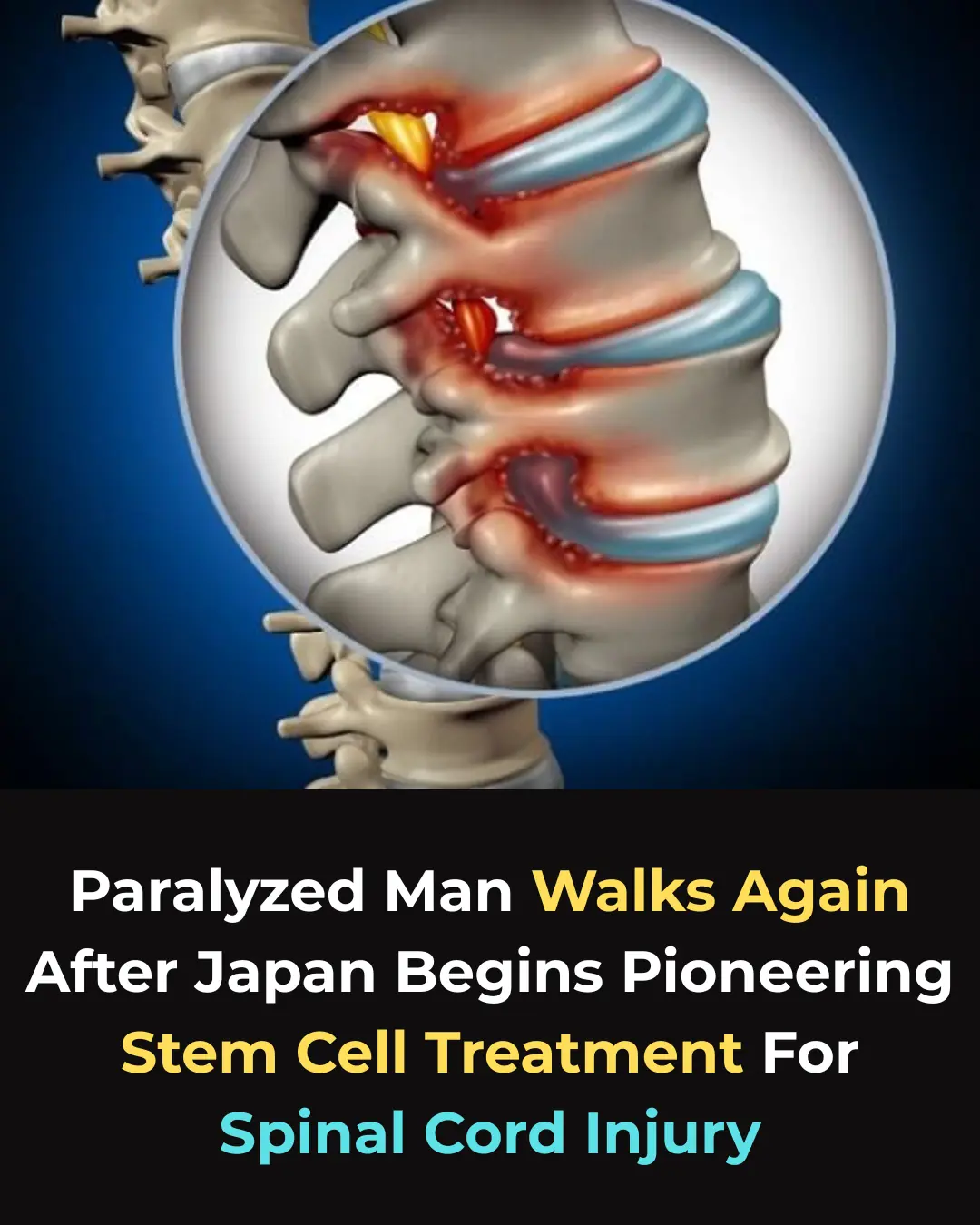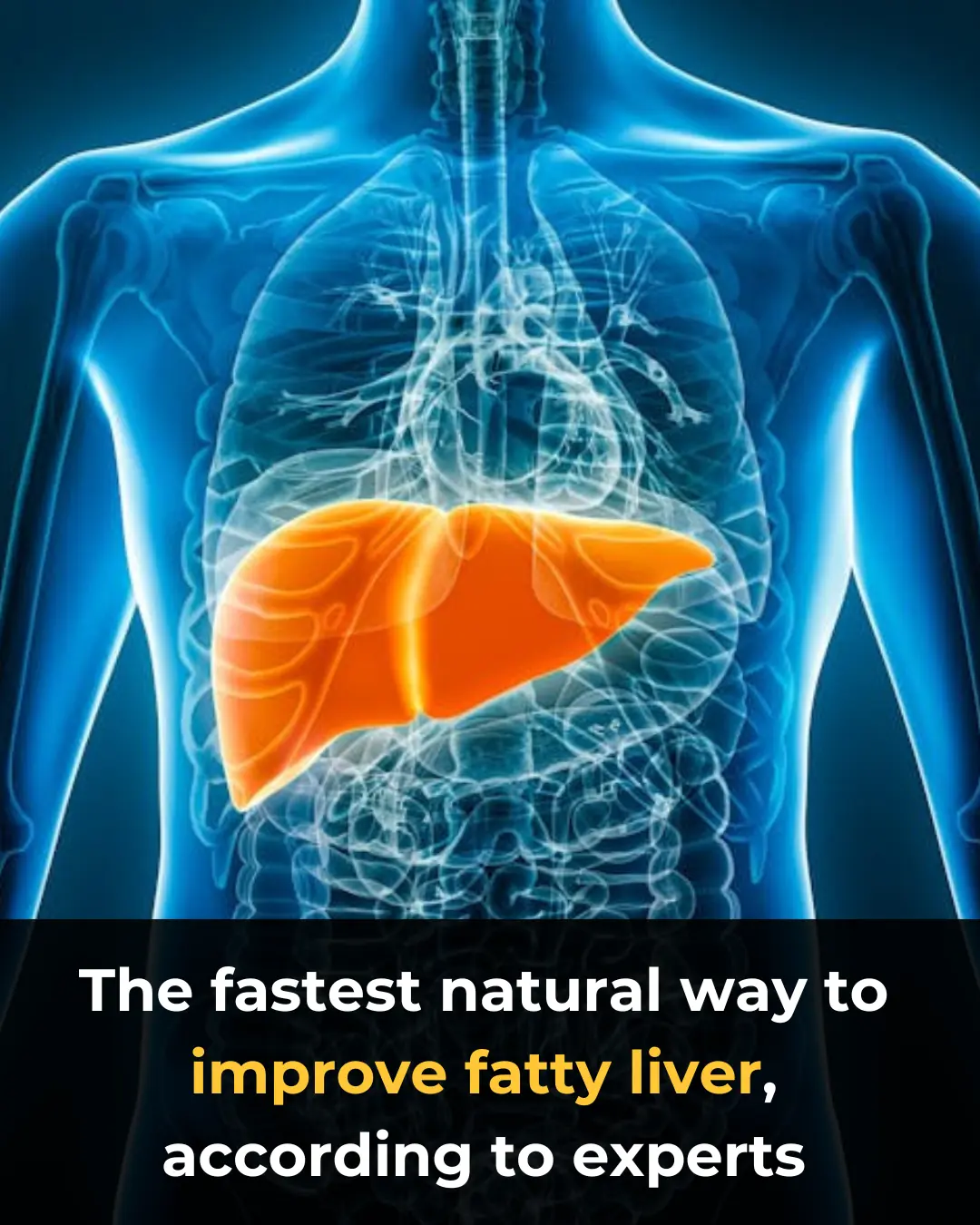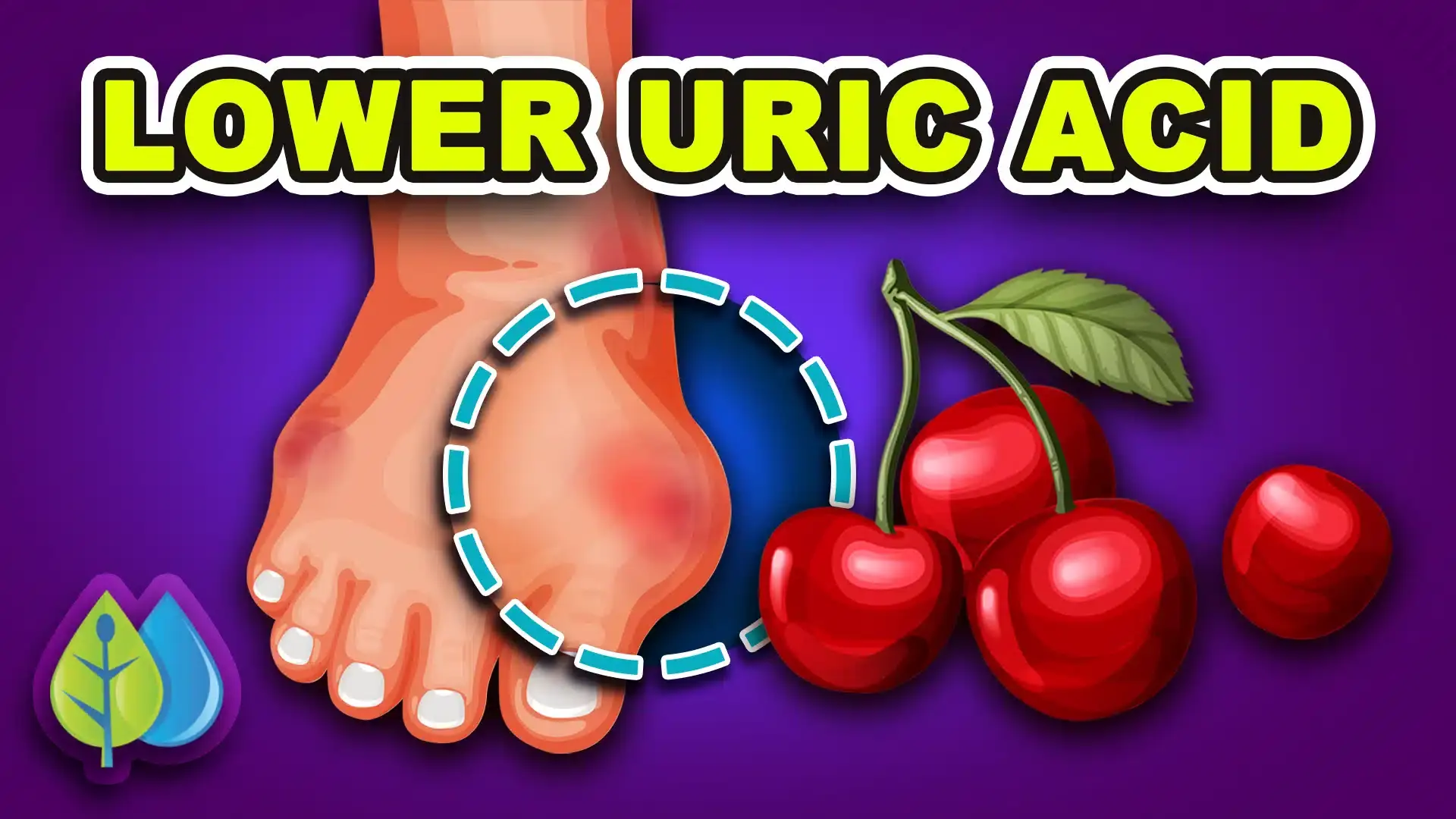
A New Breakthrough: Magnetic Microrobots Designed to Navigate Blood Vessels and Stop Strokes
Swiss researchers have unveiled an advanced generation of magnetic microrobots, each smaller than a grain of sand, designed to travel through the intricate network of human blood vessels. These microscopic machines have been engineered to carry and release clot-dissolving drugs directly at the site of a stroke, offering an unprecedented level of precision when compared to traditional systemic treatments. Instead of flooding the entire body with powerful medication, this targeted approach could dramatically reduce side effects while improving therapeutic effectiveness.
The microrobots are guided using external magnetic fields, allowing physicians to steer them through complex vascular pathways and even push them against the natural flow of blood. This is a major advantage in emergency stroke interventions, where rapid and accurate delivery of treatment is crucial. Research groups at institutions including ETH Zurich, École Polytechnique Fédérale de Lausanne (EPFL), and Empa (Swiss Federal Laboratories for Materials Science) have been pioneering magnetic microrobotic technologies for nearly a decade. Their work builds on significant advances in soft robotics, magnetic actuation, and biocompatible materials.
(Sources: Nature Communications; Science Robotics; ETH Zurich Robotics Institute.)
Initial experiments in realistic vascular models and large-animal studies demonstrate that these microrobots are capable of navigating extremely narrow or branching vessels, moving along vessel walls where blood flow is weaker, and reaching regions that conventional catheters and surgical tools cannot access. Their ability to maneuver with such precision opens the door to highly localized drug delivery, minimizing the risks associated with high-dose clot-dissolving medications such as tPA (tissue plasminogen activator), which can cause dangerous internal bleeding.
(Sources: American Heart Association; Journal of Controlled Release.)
Although the technology remains in preclinical testing, the implications for stroke treatment are profound. Stroke is the second-leading cause of death globally and a major contributor to long-term disability. Current treatment options rely heavily on high-risk systemic drugs or invasive mechanical thrombectomy procedures. Microrobots offer a potential third pathway—one that is minimally invasive, faster, and far more precise. They could, in theory, navigate directly to a clot, deliver just the right dose of medication, and retreat without harming surrounding tissue.
(Sources: World Health Organization; The Lancet Neurology.)
Beyond stroke care, magnetic microrobots have broader medical potential. Researchers envision their future use in targeted cancer therapy, arterial plaque removal, micro-scale surgery, and diagnostic imaging. Their compatibility with non-invasive magnetic control systems also makes them promising candidates for remote procedures in hard-to-reach areas of the body. Switzerland has emerged as a global leader in this field, supported by strong academic collaborations and government investment in medical nanotechnology.
(Sources: Swiss National Science Foundation; Nature Nanotechnology.)
Though these robots are not yet ready for hospital deployment, their development signals a major turning point for medicine. As engineering, biology, and robotics converge, healthcare is moving toward treatments that are not just more powerful, but microscopically precise. If clinical trials confirm early results, microrobotic interventions could become a standard tool in the next decade, fundamentally reshaping how doctors prevent and treat life-threatening vascular conditions.
The future of healthcare isn’t just robotic — it’s microscopic.
News in the same category


Regenerative Medicine Milestone: Stem-Cell Trial Restores Motor Function in Paralyzed Patients

From Crow to Cleaner: How Feathered Geniuses Are Fighting Litter in Spain

Using Crow Intelligence to Fight Pollution: Inside Sweden’s Corvid Cleaning Project

From Stone to Shelter: Innovative Housing Beneath France’s Historic Bridges

Redefining Public Restrooms in South Korea: Hygiene, Dignity, and Accessibility for All

How Cyclic Sighing Became One of the Most Effective Breathing Techniques for Reducing Anxiety

Hepatitis C Virus Detected in Brain Tissue: A Potential Link to Schizophrenia and Bipolar Disorder

Top 10 Safest Places if World War 3 Broke Out

Scientists Sequence the World’s Oldest RNA from a 40,000-Year-Old Woolly Mammoth

Novel Neural Pathway Identified as Key to Reversing Autism-Related Behaviors

Why seniors should keep their socks on even at home

What Once Seemed Impossible: Lab-Grown Spinal Cord Sparks Hope for Millions

Lab-Grown Spinal Cord Tissue Marks a New Era in Paralysis Treatment

How Hormonal Birth Control May Reshape the Brain: New Neuroscience Insights

Denmark Reimagines Wind Turbine Blades as Durable Bike Shelters

World-First Recovery Achieved in Terminal Brain Cancer Case

A High School Robotics Team Built What Insurance Refused — And Gave a 2-Year-Old the Gift of Independent Movement

The Man Who Became “Dad” to Millions: How Rob Kenney Turned His Pain Into a Global Mission
News Post

Vaseline Uses and Benefits for Skin, Lips, and Hair

10 simple ways to reduce dust at home that most people overlook

You’re Doing It All Wrong: Here’s the Right Way to Defrost Frozen Pipes

7 Powerful Fruits to Preserve Muscle Strength and Energy After 50

I Didn’t Know!

The #1 FASTEST way to reverse fatty liver naturally

Could the bacteria in your nose be causing Alzheimer’s?

How to treat nerve pain in the foot, toes & legs

The air conditioner only has wind but is not cool. Don't rush to call a repairman and waste money. If you do this, it will be cold.

The more flowers the money tree has, the more luck it attracts: Do this and the money tree flowers will grow 5 times faster.

When boiling duck, don't add ginger and cold water. Add this to remove all the bad smell from the meat and you won't get tired of eating it.

Avocado Seeds: The Overlooked Nutritional Power Inside the Fruit

Bee venom wiped out 100% of aggressive breast cancer cells in just 6 hours

10 Ways to Lower Uric Acid Naturally

A Dual Climate Solution: Solar Panels Over Canals Could Save Billions of Gallons of Water

Regenerative Medicine Milestone: Stem-Cell Trial Restores Motor Function in Paralyzed Patients

From Crow to Cleaner: How Feathered Geniuses Are Fighting Litter in Spain

6 Foods That Can Drain Your Calcium and Weaken Bones
